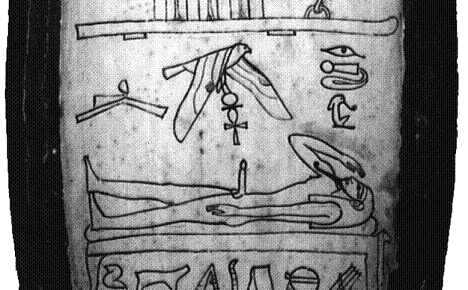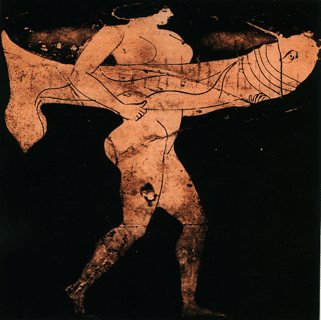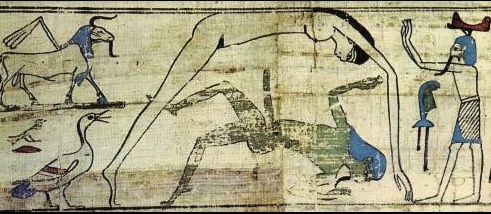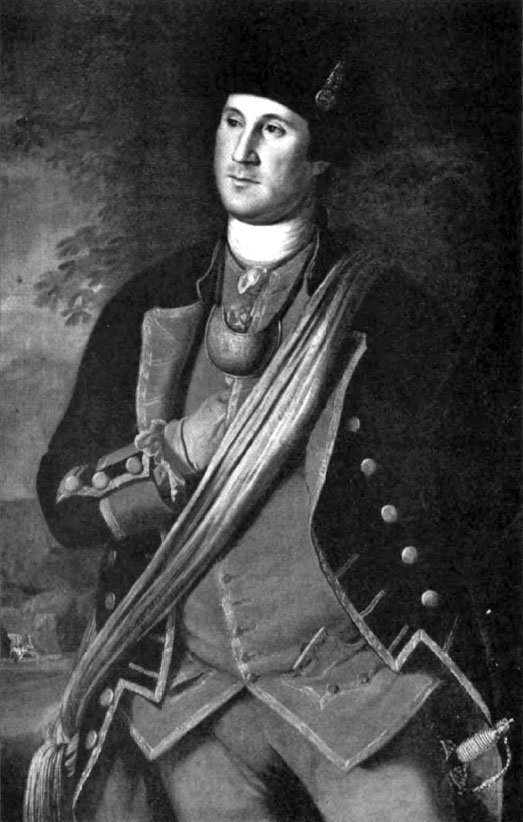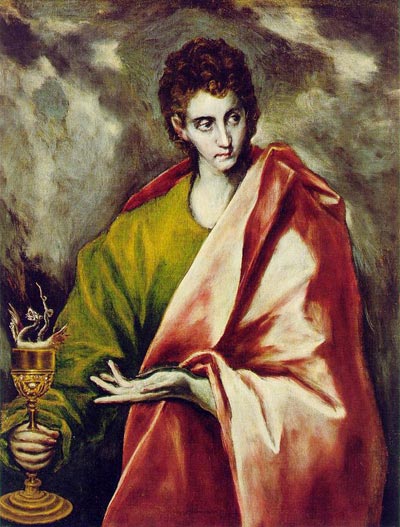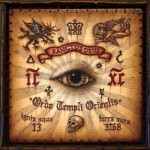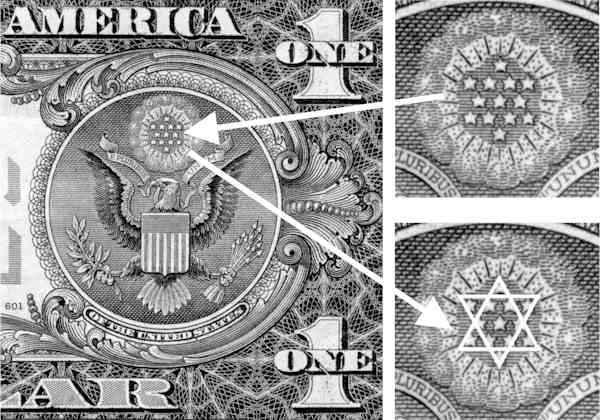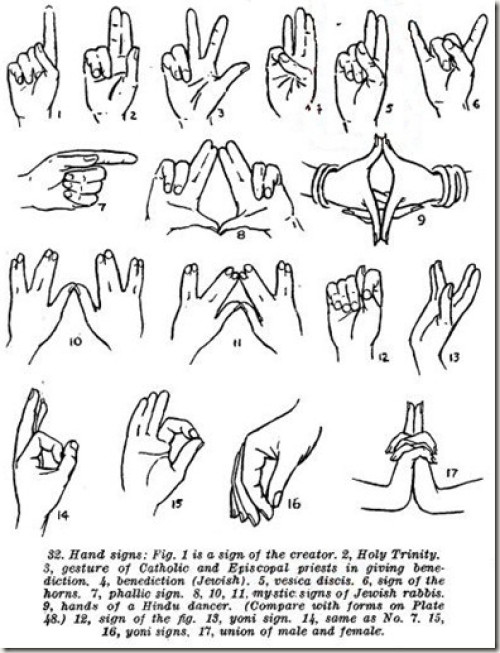The month of May was named for the Greek goddess Maia, who was identified with the Roman era goddess of fertility; Bona Dea, whose festival was held in May, which is the month of autumn in the Southern Hemisphere and spring in the Northern Hemisphere.
During the month of May; in many places around the world, there are various festivals celebrated by playing music, singing and dancing around what we now call the Maypole.

In addition to the music, singing, and dancing, there are also climbing contests to see who can climb the king’s phallus the fastest; with loads of beer as the big prize. These poles are erected on or around the first day of May, with festivities lasting all throughout the month and in particular, on May Day.
The Maypole is actually an ancient symbol of fertility and also the Egyptian God and King Osiris’ phallus.

The Maypole is a modern-day portable ancient phallic symbol that is meant to represent the male generative powers in the phallus, which is really just an idol or image of an erect penis. They have been worshiped for thousands of years as a reminder of the sacred act of sex and also represent the phallus of the kings who rule the world.
They are also called obelisks that can be found all throughout the world; in places such as Egypt, Ethiopia, India, Rome- where there are eight ancient Egyptian and five ancient Roman obelisks, and in America with the phallus of the first Masonic President, George Washington- more commonly known today as the Washington Monument.

The original story is from ancient Egypt, when Osiris’ body was cut in 14 pieces and Pharoah Seth scattered them all over Egypt, in which his wife Isis retrieved all of them except one, his penis, which was swallowed by a fish. The king Osiris, who represents the so below of the as above in the king of the planets- Jupiter, who was now dead, and here is a depiction on of him, his penis and symbols such as the true Tau Cross.
This is when the Queen Isis- whose name means ‘throne’ or “She of the Throne” would take the place of the true king. In Greco-Egypt she was sometimes called the Dark Goddess and Goddess of Hell that was also often depicted carrying a phallic object – the king’s severed penis disguised as a fish.
Here are a couple more images of Isis and the sacred penis (phallus) of Osiris.
Today the May Devotions to the Blessed Virgin Mary refer to special Marian devotions held in the Catholic Church during the month of May, honoring the Virgin Mary as “the Queen of May.” May crowning is a traditional Roman Catholic ritual that occurs in the month of May of every year. In some countries, it takes place on or about May 1, however, in many United States Catholic parishes, it takes place on Mother’s Day.
The Queens in our society would represent the Blessed Virgin Mary, who in Ancient Egypt was called by the name of Isis. In Egypt, the acting queen, Cleopatra would always appear in public clothed in a robe sacred to Isis, her head adorned with a crown of golden lily leaves. Today in Roman Catholicism, the month of May is dedicated to the Blessed Virgin Mary, whose devotion arose among Jesuits in Rome in the late 18th century and quickly spread throughout the Western Church. The current Pope Francis is a Jesuit.
The earliest reference to the maypole is from the mid- fourteenth century, and in Austria and Germany as in most Bavarian communities, a Maypole is raised on 1 May, a tradition going back to the 16th century. It is a decorated tree or tree trunk that is usually erected either on 1 May or on the evening before.
Villages of Upper Bavaria renew their May-pole once every three, four, or five years. What is interesting is that this month is also when Adam Weishaupt (Brother Spartacus) formed the “Order of Perfectibilists,” more commonly known as the Bavarian Illuminati, a secret society that was founded on May 1, 1776 in a Freemason Lodge.

33rd Degree Freemason, Albert Mackey had said in his Encyclopedia of Freemasonry and Its Kindred Arts; “Illuminism came directly and professedly in conflict with the Jesuits and with the Roman Church, whose tendencies were to repress the freedom of thought.
The priests became, therefore, its active enemies, and waged war so successfully against it, that on June 22, 1784, the Elector of Bavaria issued an edict for its suppression. Adopting Masonry only as a means of its own more successful propagation, and using it only as incidental to its own organization, it exercised while in prosperity no favorable influence on the Masonic institution, nor any unfavorable effect on it by its dissolution.”
In the 16th century with the advent of Protestantism (Anti-Pope Christians), the Protestants viewed these Maypole celebrations, as immoral and a form of idolatry. The then Protestant King of both England and Wales, Edward VI ordered that these Maypoles to be destroyed, such as the famous Cornhill Maypole of London. However, this suppression by the Protestants would not last long, because after king Edward’s death, the Roman Catholic Queen Mary I– who we know represents Isis, had ascended the throne and reinstated these yearly celebrations during the month of May, along with the erection of the king’s phallus- AKA the Maypole.
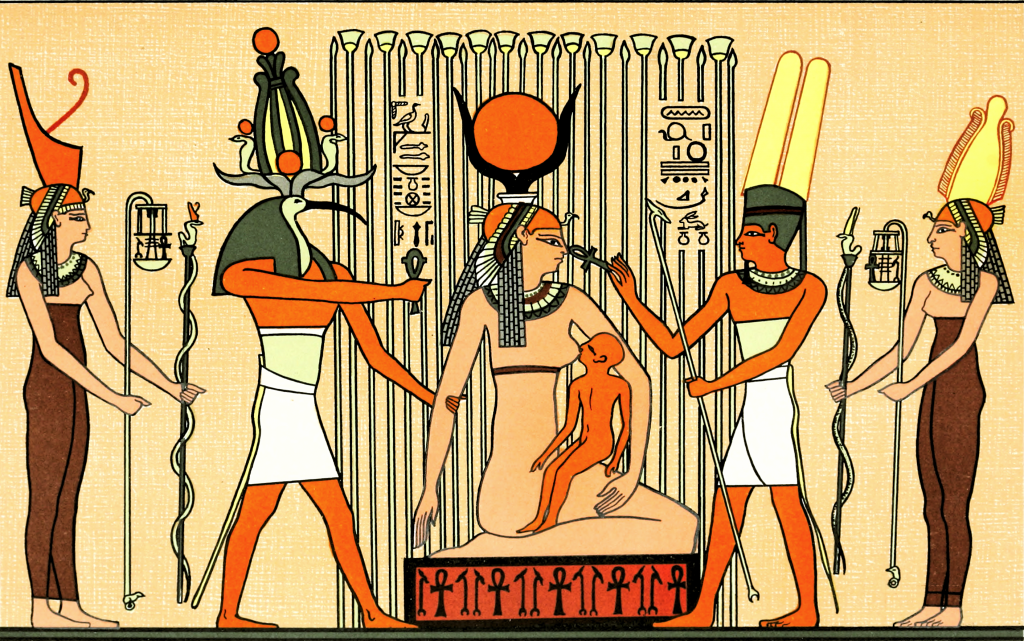 OTHER MAYPOLE FACTS:
OTHER MAYPOLE FACTS:
The Roman Catholic Church would later proclaim Saint Joseph’s Day in 1955 to be the 1st of May, the day of “Saint Joseph, the Worker”. Joseph is considered by the Catholic Church as the patron saint of workers and craftsmen, this is what is also called International Workers’ Day (also known as May Day), which is a celebration of the international labour movement. May 1st is a national holiday in more than 80 countries and is a commemoration of the traditional European spring festival known as May Day. Other countries celebrate different Labour Days, usually on a date with special significance to the labour movement in that country.
In Denmark the maypole is still observed on the islands of Avernakø and Strynø, south of Funen, and in a few villages in southern Himmerland, in eastern Jutland. The maypole is generally referred to as a majtræ, “May tree”. In Sweden and Swedish speaking parts of Finland, the maypole is usually called a midsummer pole, midsommarstång, as it appears at the Midsummer celebrations.

Moe is the founder of GnosticWarrior.com. He is a father, husband, author, martial arts black belt, and an expert in Gnosticism, the occult, and esotericism.

